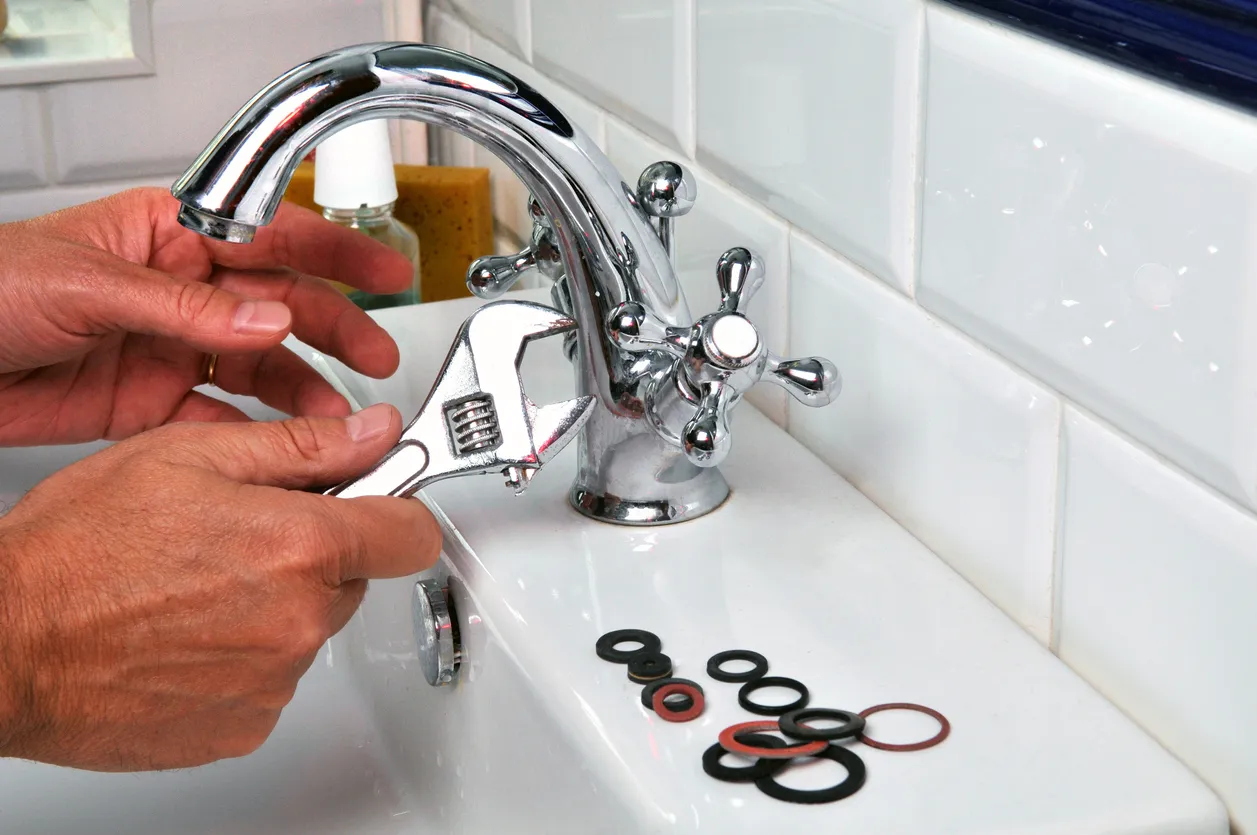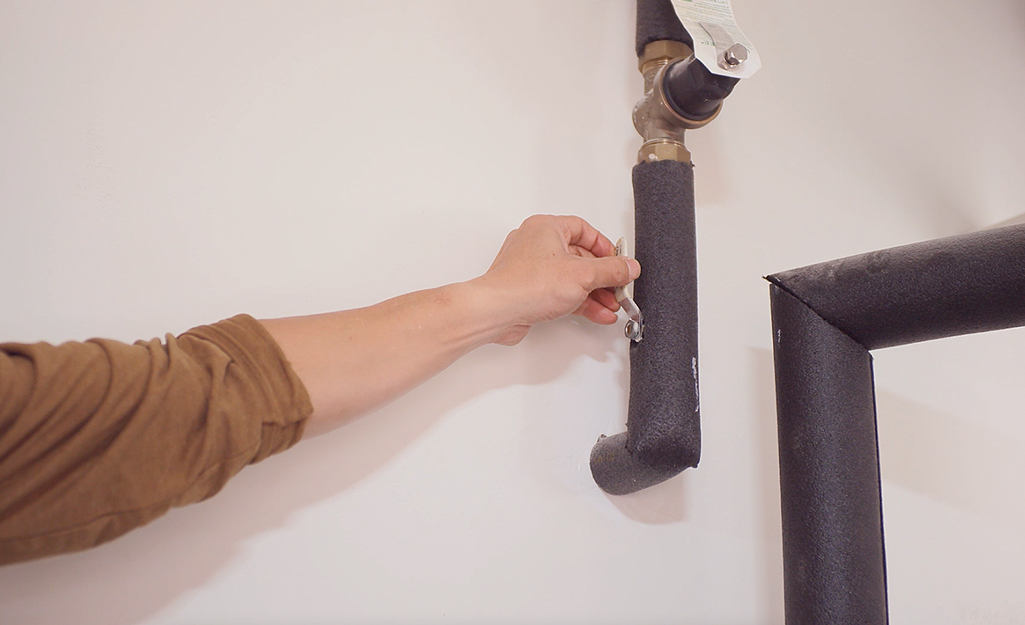My Motives Behind Correcting a Malfunctioning Faucet
My Motives Behind Correcting a Malfunctioning Faucet
Blog Article
Almost everyone has their own individual rationale with regards to How to Fix a Dripping or Leaky Faucet .

Dripping faucets could look like a small hassle, yet their impact goes beyond just the inconvenience of the sound. From drainage to sustaining unnecessary financial expenses and health and wellness risks, neglecting a dripping faucet can cause various consequences. In this write-up, we'll explore why it's critical to resolve this usual home issue promptly and effectively.
Wastage of Water
Ecological Impact
Leaking faucets add significantly to water waste. According to the Environmental Protection Agency (EPA), a solitary faucet leaking at one drip per second can waste greater than 3,000 gallons of water annually. This not only pressures water resources yet also affects ecosystems and wildlife dependent on them.
Financial Prices
Enhanced Water Bills
Past the ecological influence, leaking taps can inflate water expenses significantly. The built up waste over time converts into greater energy costs, which might have been prevented with prompt repair work.
Prospective Residential Property Damages
Furthermore, prolonged dripping can lead to harm to fixtures and surface areas bordering the faucet. Water accumulation can create discoloration, deterioration, and even architectural issues if left unattended, leading to additional repair work expenses.
Health and wellness Issues
Mold and Mold Development
The constant existence of moisture from a leaking tap creates an ideal atmosphere for mold and mold development. These fungis not only compromise interior air top quality yet also posture health and wellness dangers, particularly for people with breathing conditions or allergic reactions.
Waterborne Diseases
Stagnant water in trickling taps can come to be a breeding ground for bacteria and various other virus, increasing the threat of waterborne illness. Contaminants such as Legionella bacteria grow in stagnant water, potentially bring about significant health problems when ingested or inhaled.
Do it yourself vs. Professional Fixing
Pros and Cons of Do It Yourself Repair Service
While some might attempt to repair a dripping faucet themselves, do it yourself repairs include their own collection of difficulties. Without correct knowledge and devices, do it yourself attempts can intensify the problem or bring about insufficient repairs, extending the trouble.
Benefits of Working With an Expert Plumber
Working with a professional plumber ensures that the underlying root cause of the trickling tap is resolved efficiently. Plumbing technicians possess the experience and devices to identify and repair faucet problems effectively, conserving time and lessening the risk of further damages.
Step-by-Step Overview to Repairing a Dripping Tap
Tools Required
Before attempting to repair a trickling tap, gather the necessary devices, consisting of a flexible wrench, screwdrivers, replacement components (such as washers or cartridges), and plumber's tape.
Typical Faucet Issues and Their Solutions
Recognize the type of tap and the details concern causing the drip. Usual problems include worn-out washers, corroded shutoff seats, or damaged O-rings. Describe maker directions or on-line tutorials for step-by-step assistance on repair services.
Safety nets
Normal Maintenance Tips
To avoid leaking faucets, do routine upkeep such as cleansing aerators, checking for leaks, and changing damaged parts promptly. In addition, consider setting up water-saving devices or upgrading to more effective components.
Significance of Prompt Fixes
Addressing trickling taps as soon as they're observed stops more water wastage and potential damages, eventually saving both water and cash in the long run.
Influence On Property Value
Understanding of Well-Maintained Residential Property
Keeping a residential property in good condition, including addressing upkeep problems like leaking faucets, improves its viewed worth and value among potential purchasers or tenants.
Influence on Resale Worth
Residences with well-kept plumbing fixtures, including faucets, command greater resale values in the real estate market. Attending to dripping faucets can contribute to a favorable impression during residential property inspections and arrangements.
Ecological Obligation
Private Payment to Preservation
Taking obligation for taking care of leaking taps lines up with more comprehensive initiatives toward water conservation and ecological sustainability. Every individual's activities jointly make a considerable influence on protecting precious resources.
Lasting Living Practices
By prioritizing punctual repairs and adopting water-saving behaviors, individuals add to sustainable living methods that benefit both present and future generations.
Verdict
Attending to a leaking tap exceeds simple comfort; it's a necessary action towards saving water, minimizing financial expenses, and safeguarding health and wellness and building. Whether through DIY fixings or expert support, taking action to repair dripping faucets is a little yet impactful method to advertise liable stewardship of resources and contribute to a healthier, a lot more sustainable future.
How to Fix a Dripping or Leaky Faucet
A leaking faucet is one of the most common problems that homeowners encounter, but it being commonplace doesn’t make it any less annoying. The constant drip drip drip of a leaking bathtub faucet, showerhead, or sink tap can disturb your home’s serenity. Left neglected, a dripping faucet can also result in higher water bills and discoloration or mold growth in your sink or plumbing fixtures.
Fortunately, you don’t have to be a trained plumber to know how to stop a dripping faucet. With some basic tools, replacement parts, and a little patience, leaky faucet repair is a breeze. In this article, we’ll explain what causes dripping faucets and how you can fix them.
What Causes a Leaking Faucet?
Kitchen and bathroom faucets come in all manner of designs, but most involve some combination of valves, O-rings, seals, and washers. The O-ring is usually the weakest link, but any one of these pieces can wear down over time. Heat, moisture, temperature fluctuations, minerals, mold, and movement can contribute to warping and corrosion, breaking the watertight seal. This just comes with the territory of being a homeowner. Everything is always subject to wear and tear, and some component parts of your appliances and fixtures need to be replaced on occasion. At least replacement O-rings are cheap!
More rarely, dripping faucets can be a symptom of excessively high water pressure. Were this the case in your home, you would probably notice that the leak is not isolated to one faucet. Water pressure issues are harder to resolve on your own. We recommend contacting a professional plumber if you suspect your water pressure is too high.
How to Fix a Dripping Faucet
Pipe wrench or monkey wrench Allen wrench set Screwdrivers Old towel or rag Shut off the water.
Before you do anything, you need to turn off the water to keep from drenching your kitchen or bathroom. You should find a valve under the sink and against the wall. Once you’ve turned this valve, try turning the faucet on to confirm that the water source has been cut off.
If you can’t locate your local valve for the faucet you’re working on, you can always shut off the water to the house at the main valve. Of course, this will prohibit anyone from using the sinks, showers, or toilets while you’re working on the faucet that’s giving you trouble.
Plug or block the drain.
You’ll be disassembling the faucet and removing some small bits of hardware. Plug the drain with a stopper or rag to avoid the possibility of a small screw falling into your P-trap.
Take apart the faucet assembly.
There are several varieties of kitchen and bathroom faucets, each with its own manner of assembly. For detailed instructions on how to disassemble your faucet, you can refer to the fixture’s manual or contact the manufacturer. If you know whether you have a ball, disc, cartridge, or compression faucet, you can find detailed schematics online.
In general, you need to begin by removing the faucet handles. You might notice a small screw that you’ll need to remove with a screwdriver or Allen wrench. If you don’t see any visible securing hardware, it’s likely hidden under a decorative cap that can be unscrewed or popped off with flathead screwdriver.
Remove each piece methodically, consulting a schematic when necessary. Take notes or arrange the pieces in such a way to make it easier to correctly reassemble the faucet later.
Remove the cartridge.
Once you’ve removed the handles and securing hardware, you should be able to remove the valve cartridge or stem. Some cartridges will slide right out. Other faucet models will require you to loosen a nut with a pipe wrench before you can remove the valve stem.
Examine the exposed hardware.
With the cartridge or stem removed, inspect the component parts. Check the rubber O-rings for wear and tear. Also examine the seat washer for corrosion or other damage. These pieces are usually the responsible parties for a dripping faucet, but it’s worth inspecting the other component parts while you have the faucet disassembled.
Find replacement parts.
Once you’ve identified which faucet component has failed, find an identical replacement. Your local hardware store should have O-rings, seat washers, and other standard components in stock. If you have a luxury or uncommon faucet, you may have to contact the manufacturer for a replacement part.
It’s a good idea to take your old parts with you to the hardware store so you can compare them with the store’s inventory and be sure you’re purchasing the correct replacement.
Reassemble the faucet.
With your new parts in hand, reconstruct the faucet and handles. Don’t be tempted to overtighten screws or nuts. You might think this could create a better seal, but it can instead damage or bend a delicate part of the assembly and create a new problem for you.
Turn on the water and test the faucet.
The only thing left to do is test your work. Unplug the sink, turn the water back on, and try the faucet. Congratulate yourself on a job well done!
https://www.libertyhomeguard.com/how-to-fix-a-dripping-or-leaky-faucet/

As a devoted person who reads about , I assumed sharing that excerpt was smart. Loved our review? Please share it. Help other people locate it. We love your readership.
Report this page